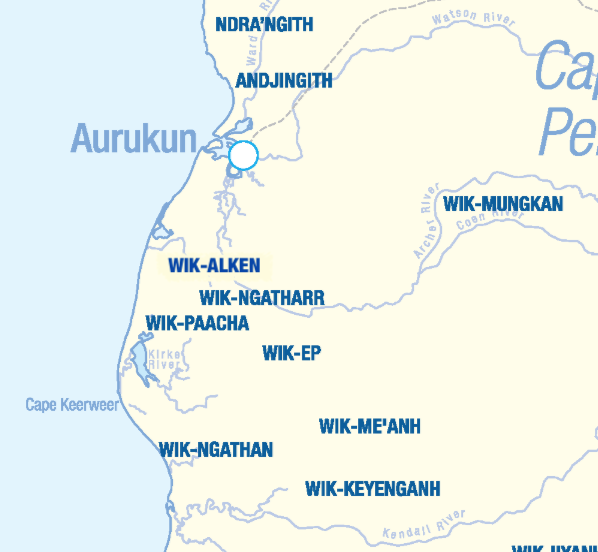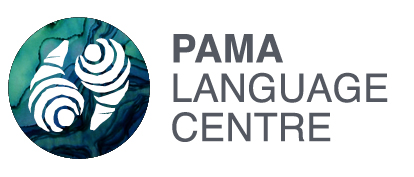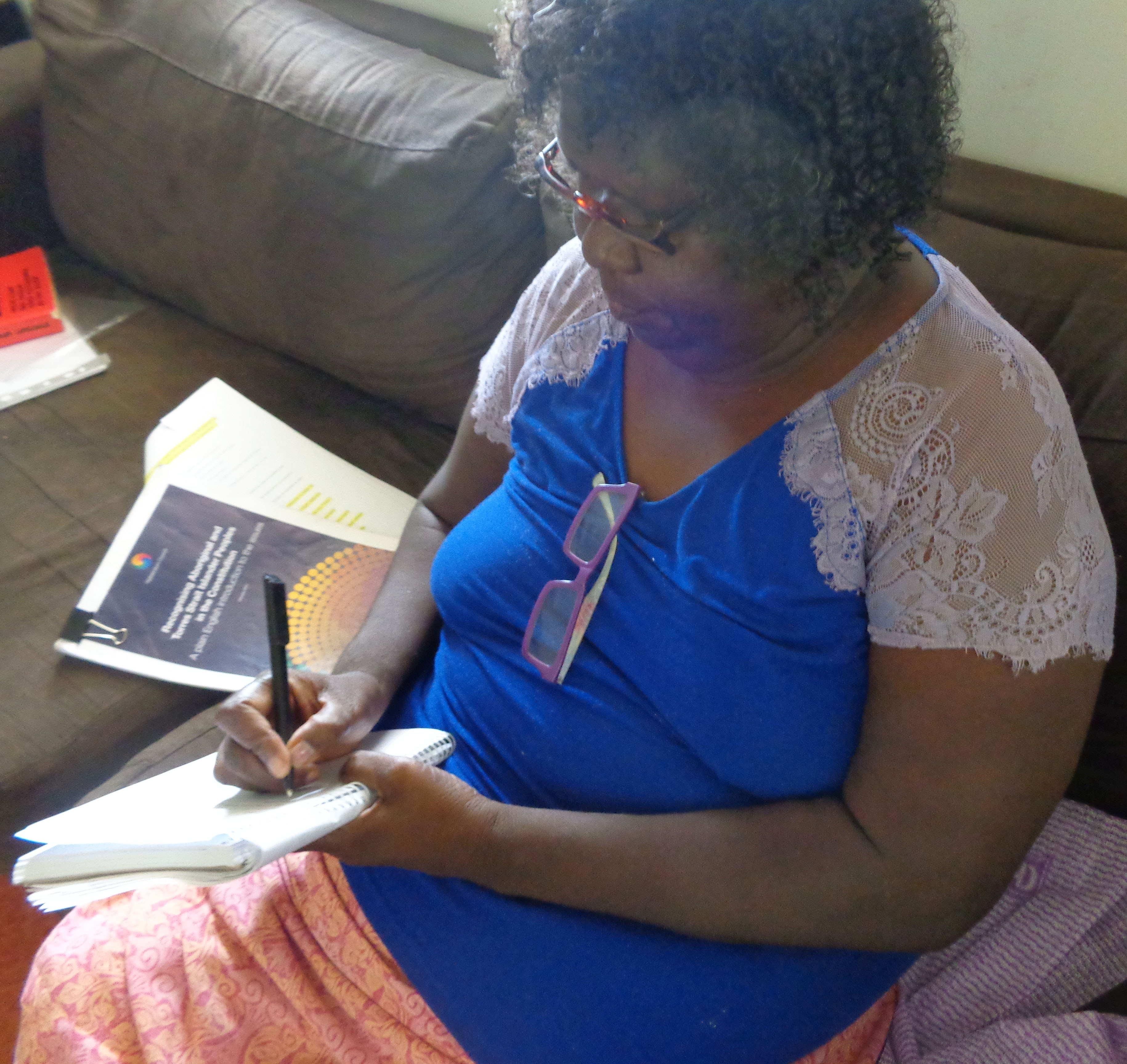Wik-Mungkan

DISCLAIMER:
The locations of the language varieties of Cape York Peninsula shown on this map are not intended for Land Claim use, and are an approximate guide only. Individual language project locations are based on information from publicly available documents.
This map is a work in progress and is to be regarded as a dynamic draft. Pama Language Centre welcomes additions and corrections to the draft map and to information about the language varieties listed.
Wik-Mungkan is a Paman language variety classified as Middle Paman based on lexicostatistical work carried out by Hale (1966). The majority of Wik-Mungkan speakers reside at Aurukun, a community established on the west coast of CYP as a Moravian mission in 1904 and now home to approximately 1300 people with a number of clan and language affiliations. The shire of Aurukun includes Wik, Wik-way and Kugu country (www.aurukun.qld.gov.au).
Hale, K. (1966). The Paman group of the Pama-Nyungan phylic family. In G. N. O’Grady, C. F. Voegelin & F. M. Voegelin (Eds.), Languages of the world: Indo-Pacific fascicle 6 (Anthropological Linguistics 8/2) (pp. 162-197).
| AUSTLANG reference | Y57 | AIATSIS Code |
| AUSTLANG reference name | Wik-Mungkan | AIATSIS reference name |
| OTHER REFERENCE CODE(S) | wim | ISO 639-3 code |
| LANGUAGE VARIETY NAME, PHONETIC TRANSCRIPTION | [wik muŋkan] | Phonetic transcription of language variety name with IPA |
| LANGUAGE VARIETY NAME, PHONEMIC TRANSCRIPTION | /wik muŋkan/ | Phonemic transcription of language variety name with IPA; Hyperlink to a webpage with a phonology chart of the language variety. |
| LANGUAGE VARIETY COMPLEX | Name of largest mutually intelligible complex. | |
| LANGUAGE STATUS | Wik-Mungkan is the first language of children at Aurukun, but is coming under increasing pressure from English, the language of administration, schooling and health in the community of Aurukun.
EGIDS: 6a | Assess and apply EGIDS
Select: Revival, Revitalisation, Renewal, Reclamation, Maintenance. Perhaps also include Second Language Learning if non-ethnic users are learning in an L2 situation. |
| PRACTICAL ORTHOGRAPHIES | The orthography currently used to write Wik-Mungkan is based on the SIL orthography. Changes to the existing orthography are being discussed as part of the reintroduction of Wik-Mungkan language lessons in Aurukun State School. A Language Advisory Board will be established as part of the school programme at Aurukun to address language related issues. | List of practical orthographies (including obsolete ones) that have been used or are used to write texts. In the name of the orthography is included the year of first use or description of orthography in print. Format: LANGUAGE NAME 19XX ORTHOGRAPHY These names are PLC’s reference names for orthographies. Include references for each orthography. Exclude orthographies from linguists’ grammar monographs if those orthographies have not been used by speakers. |
| DICTIONARY | Christine Kilham, Mabel Pamulkan, Jennifer Pootchemunka, and Topsy Wolmby. 1986. Dictionary and source book of the Wik-Mungkan Language. Darwin: Summer Institute of Linguistics.
Available online at: http://ausil.org/Dictionary/Wik-Mungkan/lexicon/mainintro.htm | List links to Dictionaries. List Harvard-system reference. |
| OPEN ACCESS ARCHIVAL RESOURCES | There are a number of open access archival resources available through AIATSIS. | Link to archival resources, conditions of access to be determined by relevant ALAT. |
| FIND A TRANSLATOR | NAATI-accredited Wik-Mungkan interpreters can be contacted through Pama Language Centre. | List details of all those capable of translations, esp NAATI-qualified. |
| CONNECT WITH SPEECH COMMUNITY | Facebook groups, community websites, phone numbers. NGOs, Local groups (church, youth, women, men, clan…) |



